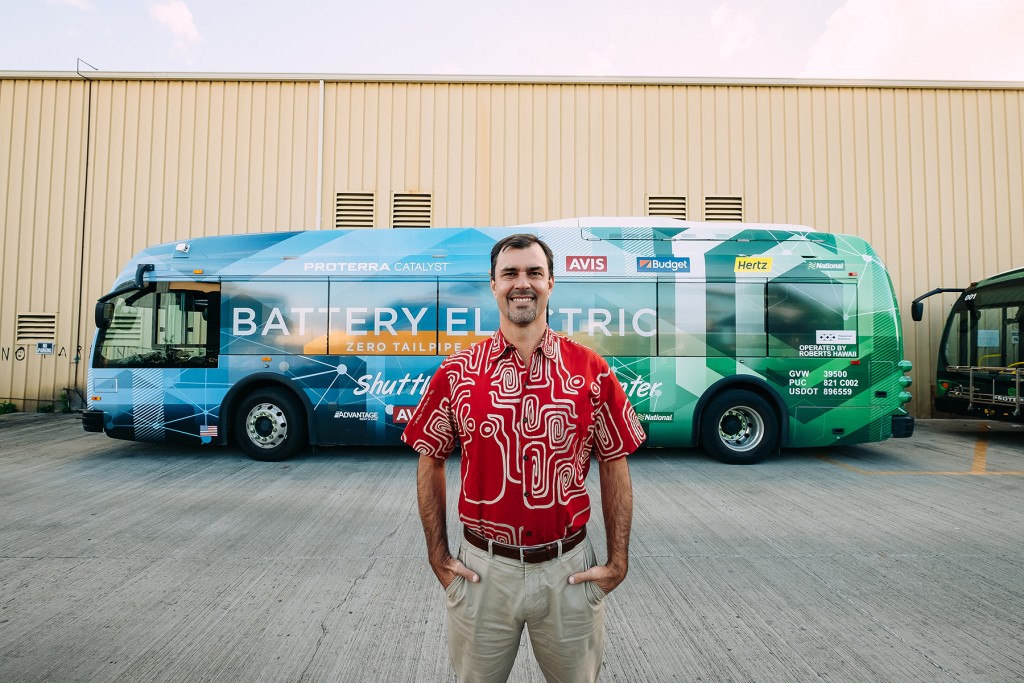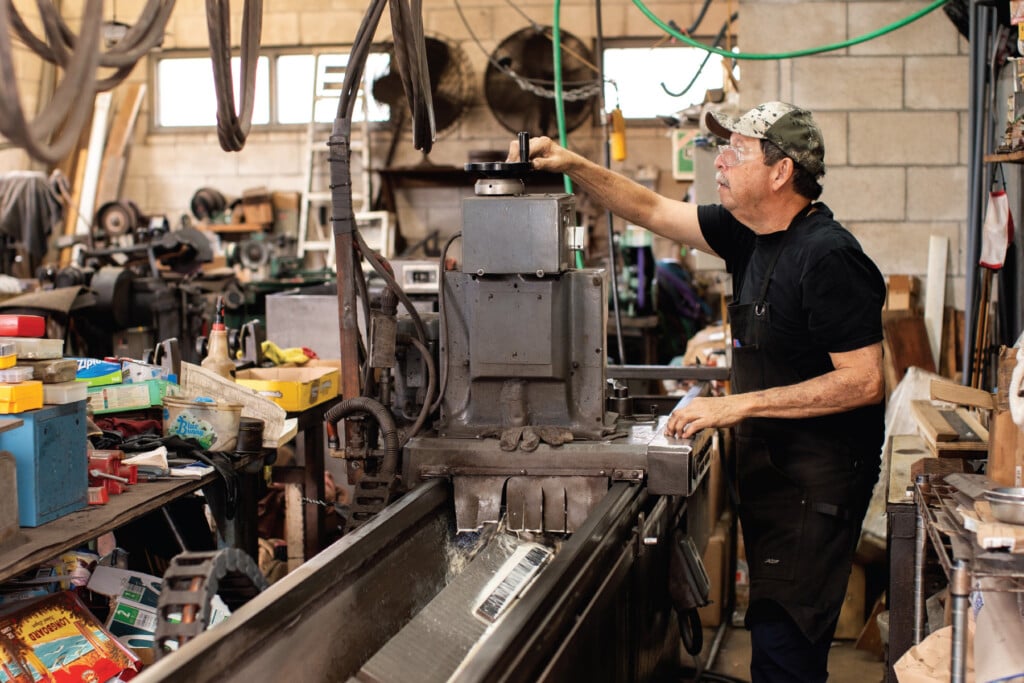My Job: Building Resilience into a Whole County

Name: Joshua Stanbro
Age: 47
Job: Chief Resilience Officer and Executive Director,
Office of Climate Change, Sustainability and Resilience,
City and County of Honolulu
Start:
The California native graduated from the Berkeley School of Law in 2001 but says he soon realized he didn’t want to become a lawyer. “I interned at a nonprofit community law center and fell in love with public service. I have been in the sustainability field in Hawaii for 20 years.
“CRO is a fairly new concept, and it’s exciting to be the first on Oahu and one of the first 100 around the globe as part of the 100 Resilient Cities network. It’s my hope that every county in Hawaii will have a CRO in the next few years. Climate change and other risks are moving too quickly to not have a fully staffed resilience office to help prepare our Islands.”
What It Takes:
“A CRO is a cross between a fortune teller and Cupid. The job is to peer out over the horizon and anticipate the big challenges that loom for our community, then try to look into systems as they exist today to see where a small pebble of leverage or a nontraditional partnership can snowball into a more resilient infrastructure two decades out.
“For instance, the four mayors came together and said we need to have 100 percent renewable ground transportation in place by 2045. But there’s a lot that has to happen to get there: bigger underground electrical wires to charge electric buses, generating more renewable energy on city land, and even changing bus routes and timing so batteries can be charged at high noon when there is a lot of solar power on the grid.
“A CRO isn’t responsible for all of that engineering and planning, but we need to work together with the expert departments to ensure all of those changes integrate together.
“Climate change literally infuses and impacts everything. Our bond-rating agencies are interested in how we are addressing climate change, so there are economic impacts. Our roads are being undermined by coastal erosion, so there are engineering concerns. Our kids are having difficulty learning in hotter classrooms, so there is an education element.”
Challenges:
“The toughest part of this job is the resource constraints in government. The current federal government is making a bad situation worse. We regularly find out about former federal grants and funding opportunities that could help our climate resilience that have been eliminated, not to mention the Environmental Protection Agency’s attempts to dismantle rules promoting better gas mileage, incentivizing renewable energy and reducing coal emissions.
“The hardest days for me are when we have to deal with the increasing toll that climate has on our residents – being caught between a home that will fall into the ocean, versus knowing that building a seawall there will kill the beach for the community. That’s the result of decades of inaction in preventing carbon pollution and climate change.”
Pay Range:
“Since it’s a new position, and backgrounds and cities vary in size and geography, there is a wide range: $80,000 to $150,000 a year.”
This interview has been edited for clarity and conciseness.





